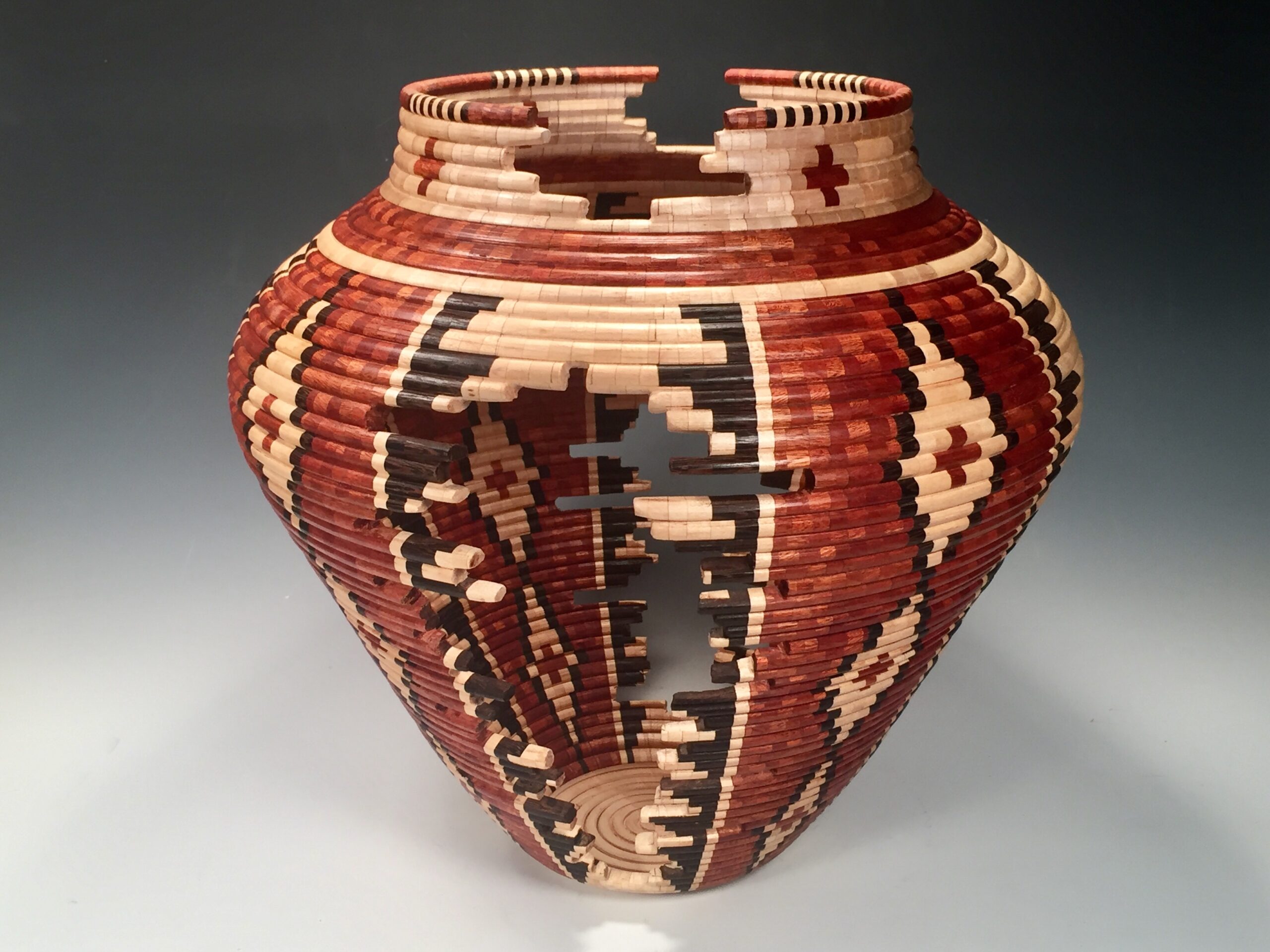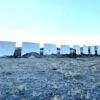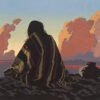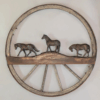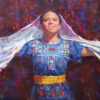Nestled between the shimmering peaks of the Sangre de Cristo Mountains and the precipitous gash of the Rio Grande Gorge, the light-filled Taos Valley exudes a mystical feeling that has lured peoples to this enchanting location for hundreds of years. By 1335, the Tiwa-speaking Indians had permanently settled into homes in the Taos Pueblo and soon were followed by Spanish conquistadors, explorers such as Kit Carson, and, eventually, colonists from Mexico, who founded the adobe village of Taos in 1615.
Few in number, residents of that sleepy little settlement never could have imagined that, three centuries later, their livelihood would center, not on the raising of sheep, but rather on the creation of art, and that a small group of painters from the East, who moved to Taos, would help to make it one of the most influential art colonies in the country.
In 1893, Joseph Henry Sharp, became the first of the “Taos six,” founding members of the Taos Society, to visit this remote frontier village. Although he was immediately captivated by the region’s alluring atmosphere and the unique culture of its inhabitants, it was not until 1897 that he began to spend summers there, using paint and brush to record his observations and feelings.

Joseph Sharp
The Studio of Joseph Henry Sharp

Joseph Sharp
Crucita – Taos Indian Girl
Oil
34″ x 28″
Courtesy of the Tia Collection

